How to grow mint at home, from seeds, cuttings and dividing the bush

Mint is familiar to everyone as an aromatic medicinal plant. In appearance it resembles nettle, with a simple stem and bright green leaves. Under other names it is known as perekop, dragolub. In the Mediterranean it is a very common spice.
Content:
- Mint - description of the plant
- Varieties
- How to grow mint at home
- How to grow mint at home, on a windowsill, from seeds
- How to grow mint from a sprig by cuttings
- Basic rules of care
- Medicinal properties
Mint - description of the plant
As the legend says, mint got its name from the goddess Minta, who was in love with the god of the underworld. Having learned about this, his wife Aida turned her rival into spice with a surprisingly bright aroma.
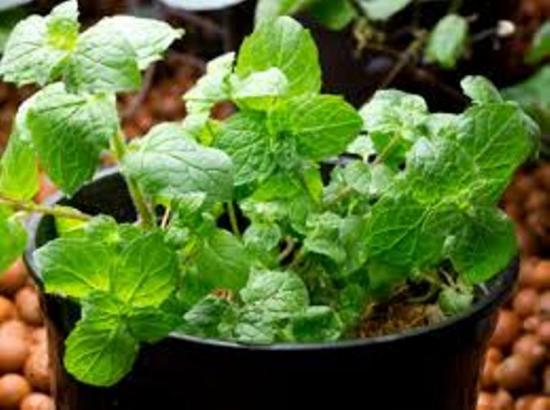
The Mediterranean countries and Central Asia are considered the homeland of mint. But today the plant can be found on all continents. The plant is so strong that it can even get along with weeds.
One of the most common is peppermint, which is a perennial plant with a horizontally growing rhizome. The roots themselves are fibrous and thin. The straight stem can be up to a meter high, it is empty inside, and the shape is tetrahedral. Usually the stem is slightly pubescent with fibers pressed to it and densely dotted with leaves.
The leaves have an oblong, ovate shape, sharply serrated edges, and are short-petiolate.
The flowers are located at the ends of the branches, collected in spike-shaped inflorescences, small in size, and lilac in color. They can be either pistillate or bisexual. Bloom lasts from June to September.
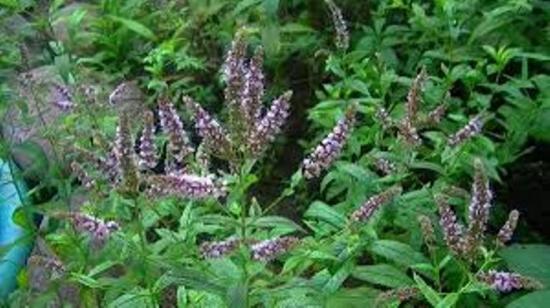
As a result of pollination, a fruit is formed, consisting of four nuts, it is called a schizocarp.
Mint varieties
Let's remember the most common varieties of mint.
Pepper
This variety was bred by crossing different species: wild, water, spikelet. It is not surprising that it is called English mint, since it comes from England.
Grows up to one meter high, does not require space and care, is excellent honey plant.
Mint has medicinal properties and is used to make menthol. Menthol oil is also prepared from it and added to food as a spice. It has also found application in folk medicine.
Field
In Tibet, she is treated for symptoms of tuberculosis and ailments of the digestive system, namely:
- gastritis
- liver disease
- various intestinal problems
Those who want to lose weight should use this variety of mint. There will be a good result. During aromatherapy, appetite naturally decreases, and accordingly, the amount of calories the body receives decreases.
Lemon
Many people know it under the name Melissa. It is an excellent honey plant, resistant to severe frosts, but under the influence of winds in winter it can freeze, so it is better to organize a reliable shelter for the bushes in the winter.
The spice is hatched as seedlings. It is more appreciated for its extraordinary taste, like a citrus fruit with the coolness of mint. The grass is prone to fungal diseases, i.e.During the growing process, you will need to monitor the condition of the plant and, if alarming symptoms appear, treat it with special antifungal agents.
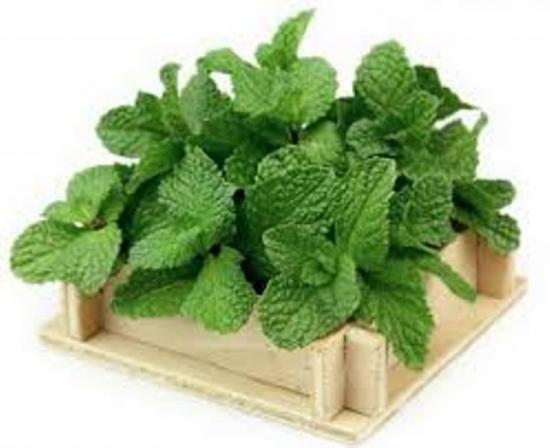
Flea
Very effective against insects, as it contains pulegone and limonene, which have strong ethereal aromas. Very reminiscent of thyme, low growing, creeping along the ground. Due to its properties, it is suitable for growing on the balcony. Prefers warmth and sun.
Curly
It is called differently - German. Most often it is used as a talisman, as an element of a ritual to protect the home and comfort in it.
It has a pungent aroma and reaches a height of thirty to one hundred centimeters. It has small leaves, and the flowers emit a persistent aroma.
How to grow mint at home
You can grow mint in the garden, but if you wish, you can keep it in the house as a indoor plants. Let's learn the basic rules for planting and caring for this unpretentious plant.
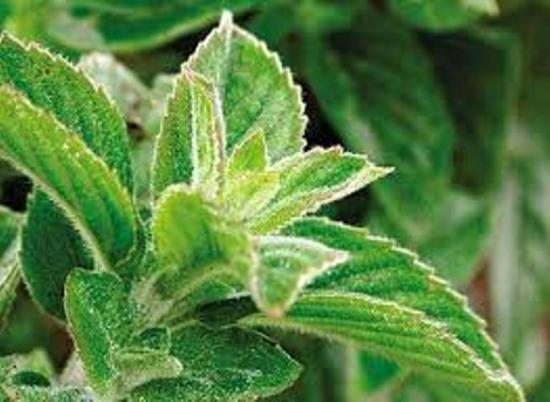
Container for plants
It is advisable to plant mint in containers with a wide base; shallow containers can be used. A ceramic pot is perfect for this, but if you don’t have one, you can use a plastic one.
It is important to remember that mint roots are prone to active growth, so if the pot is too small, the plant simply will not grow.
Depending on the goals and plans of the gardener, the spice can be planted in boxes and small pots. The boxes are especially convenient for installation on the balcony; flowerpots would be more convenient for the room.
Mint is very prolific, from one square meter you can collect up to two hundred grams of dried raw materials.
Soil and fertilizing
The plant loves acidic soil mixtures. Therefore, it is good to add a little peat to the soil.
If there is a goal to plant mint in a garden plot or in a country house, then you need to choose a place with fertile, rich soil.
Such soil will be most suitable for the development and active growth of the plant.
Before planting mint, it is advisable to treat the soil with a solution of potassium permanganate for preventive purposes. When planting, watering is carried out with clean, settled water.
After several new leaves appear, the bush can be fertilized; a solution of wood ash can serve as an ideal fertilizer.
How to grow mint at home on a windowsill from seeds
There are two methods for growing mint: seeds or using cuttings. You can buy seeds in all flower shops or kiosks. mint different varieties. Of course, you can collect the seeds yourself, but in this case there is no guarantee that the plants will turn out to be the desired variety; during the pollination process, some characteristics of the plant may change.
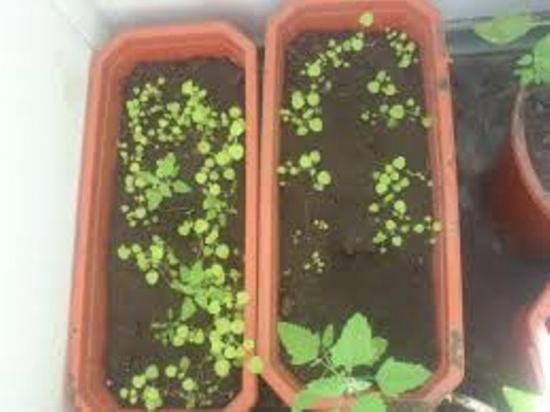
The sowing process is very simple: soil is poured into the container; we mentioned the features of its composition above, holes are made in it, about 0.5 cm deep, and the seeds are spread out sparsely.
The earth is slightly moistened and covered with a piece of glass. The emergence of seedlings can be expected in two to three weeks. The glass is removed, the sprouts are watered as the soil in the container dries.
As the seedlings grow, they can be transplanted into separate containers or planted in open ground. The right time to plant mint - spring or end of August.
How to grow mint from a sprig by cuttings
As planting material, you can use twigs that have at least two leaf rosettes.Of course, for cuttings you will need to choose branches that are absolutely healthy, without any signs of disease.
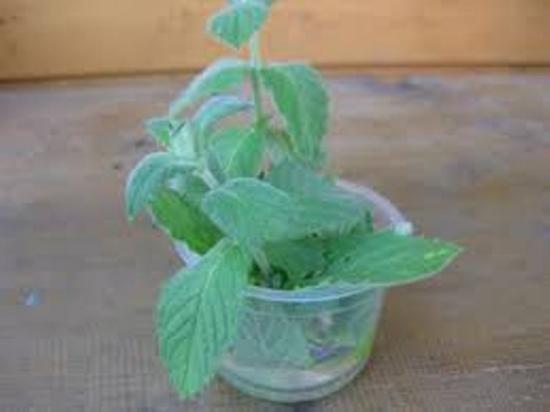
The cuttings should be placed in a glass of water; water will need to be added periodically.
The appearance of roots can be expected in about a week. In a couple of days they will become strong and grow, i.e. will be ready to disembark.
A layer of drainage material will need to be placed in the pot; the mint will not tolerate excess moisture. Next, fertile soil is filled up.
Seedlings with roots go 2-4 cm into the ground. To create ideal conditions for developing plants, it is advisable to install the pot on eastern windows. It is undesirable for bright sunlight to fall on the leaves during the day.
Small plants need systematic watering; the soil should not be allowed to dry out.
If there are mature mint bushes, you can use the separation of horse cuttings. There must be a renewal bud on the separated part of the plant; the optimal number of leaves on it is more than 5.
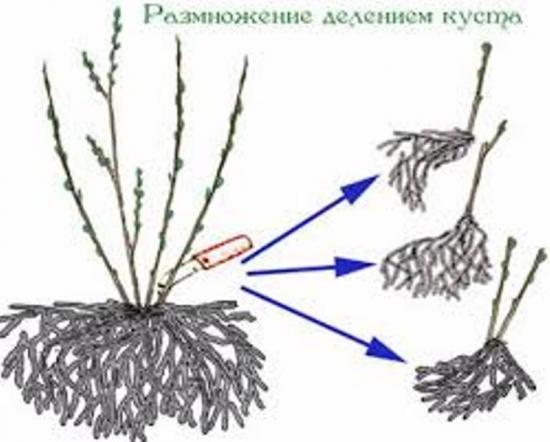
With these types of reproduction mint It is possible to obtain plants that completely retain the properties of the species and variety.
Basic rules of care
Although the plant can be classified as unpretentious, to obtain a full-fledged and well-groomed bush, it is still recommended to adhere to the following rules:
- the earthen clod in the hill should not be allowed to dry out
- In summer, watering should be done more often; in winter, when the plant is in relative rest, watering should be done less frequently.
- mint growing in containers on the balcony will need to be fertilized approximately once a month; in winter, fertilizing is done once every two to three months
- in heated rooms with dry air, the plant will require periodic spraying from a spray bottle
- the place intended for installing mint pots should be protected from drafts
- the optimal temperature for growing mint at home is +16-20 C in winter, up to +25 C in summer
- lighting you will need high-quality, but you should not allow direct rays of the sun to hit, the lack of light will lead to strong stretching of the branches
- in summer you can shade the plant a little, this will prevent the possibility of burns on the leaves
Some more useful reminders:
- There is no need to change the soil annually for mint grown indoors or in the country, i.e. The plant can be replanted once every three to four years
- Weeding and loosening the soil under the bushes should be done systematically
- insufficient light will reduce the amount of essential oils accumulating from the leaves
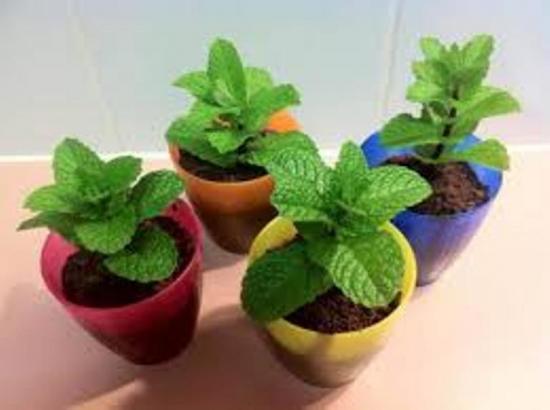
Medicinal properties
Mint is used in cooking and for medicinal purposes. The essential oil contains menthol, which gives it a special taste and aroma.
Menthol is included in the composition of the treatment:
- radiculitis
- varicose veins
IN spices There are also other very useful substances, such as flavonoids and tannins.
Mint infusion is taken to normalize menstruation, reduce pain and strengthen women's health during menopause.
There is a wide range of applications in cosmetics and perfumes. It is found in toothpaste, chewing gum, and mouth rinse. Peppermint oil perfectly cares for problematic skin, as well as oily hair.
Learn more about growing mint at home in the video:

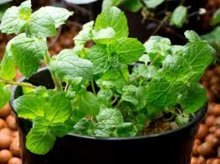

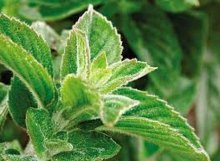
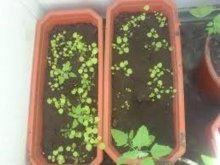
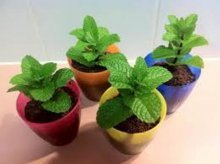
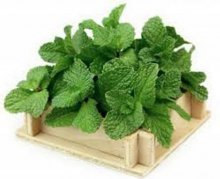
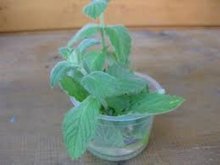
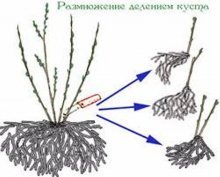

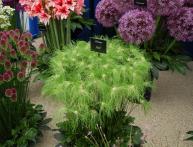
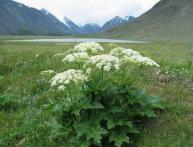
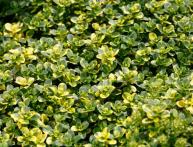
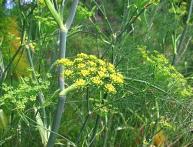
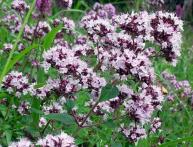
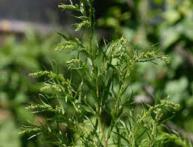
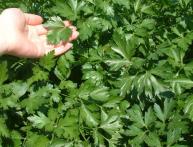
Comments
I once planted mint and lemon balm in a garden bed, it turned out that these are very tenacious plants - they grew and filled more than necessary places, so it is better to plant them somewhere on the edge.
I have mint growing in my yard. And it’s not even bad. I used to dry it for the winter, but now I freeze it. I will definitely try to grow it at home in winter. It's always nice to pick a couple of leaves on the windowsill and put them in tea.
Common mint and peppermint were planted with seeds about ten years ago in a garden bed and now every year we collect a rich harvest of this herb for vitamin teas and various infusions for various purposes. It grows and is very easy to care for.